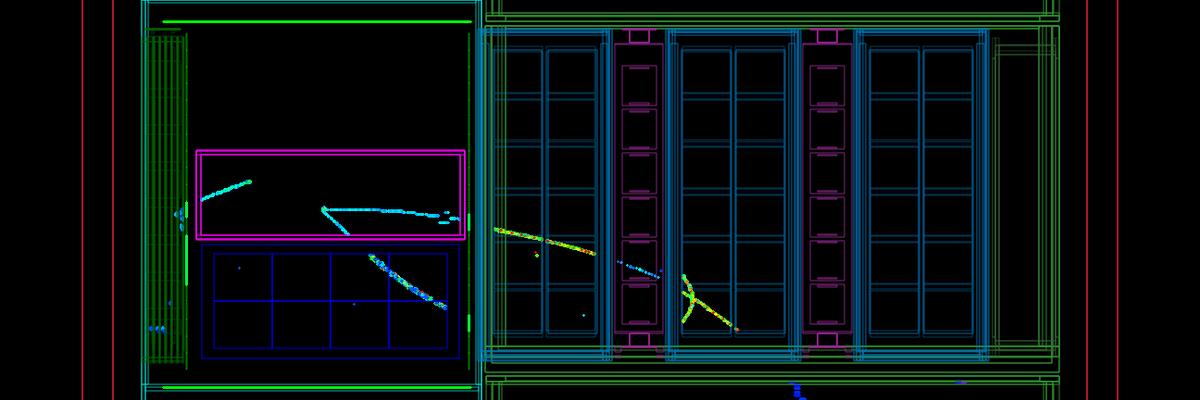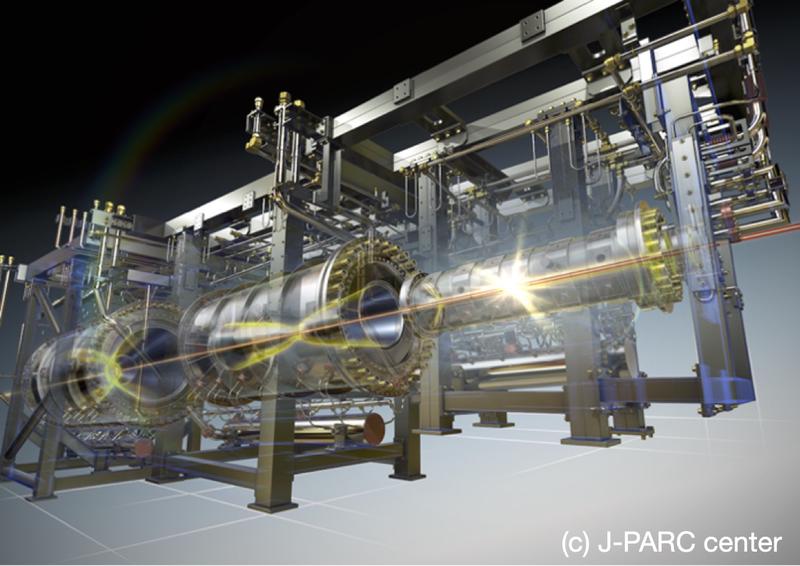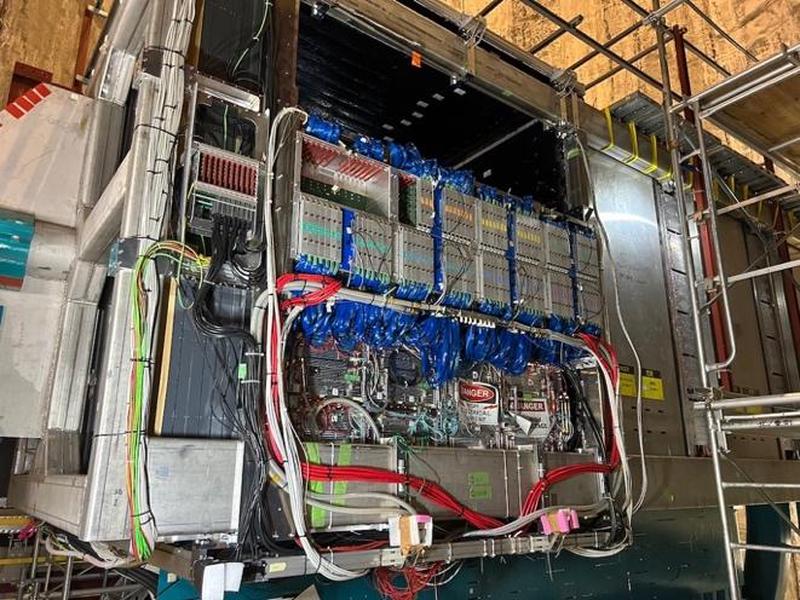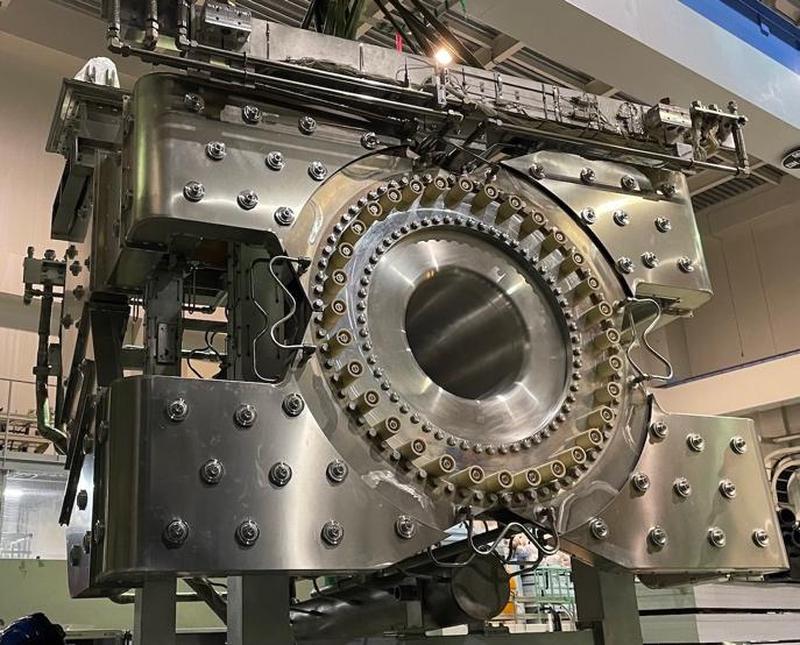Highlight
T2K experiment enters a new phase with significantly improved sensitivity for its world leading neutrino oscillation research.
January 17, 2024
- The T2K Collaboration started data taking with upgraded accelerator neutrino beam and new detectors from December 2023.
- The Institut de Física d’Altes Energies (IFAE) played an important role in the T2K ND280 Upgrade project, contributing expertise, management, and hardware improvements, including advancements in Time Projection Chambers and the SuperFGD detector.
- The upgrades aim to triple neutrino interaction observations, reduce statistical errors, enable large-angle scattering detection, and enhance the sensitivity of T2K, marking a significant leap in neutrino research.

The T2K Collaboration, an international alliance of 570 researchers from 78 institutions across 14 countries, starts a new chapter in its neutrino oscillation research. This transformative phase follows an extensive upgrade featuring an improved neutrino beam and cutting-edge near-detectors. The Institut de Física d’Altes Energies (IFAE) has contributed to elevating the capabilities of the T2K experiment.

In 2020, the T2K gave the first hints that the symmetry between matter and antimatter could be violated in neutrino oscillations. With these enhancements, T2K will continue to lead the world in advancing the understanding of neutrino properties and unraveling the mystery of the absence of antimatter in the universe.
IFAE’s Contributions
IFAE’s involvement in the T2K ND280 Upgrade project has been pivotal and diverse. Dr. Thorsten Lux assumed various management positions within the upgrade project and, since 2020, co-leads the overall ND280 Upgrade initiative. IFAE’s contributions range from coordinating assembly work at CERN to overseeing the installation of new subdetectors at J-PARC. Hardware contributions from IFAE focused on enhancing Time Projection Chambers and SuperFGD detectors, exemplifying a commitment to advancing the frontiers of neutrino research.

Technical Upgrades and Achievements
The technical upgrades to the T2K experiment have been extensive. Modifications to the J-PARC main ring accelerator, electromagnetic horns, and beam monitors have led to a record-high beam power of 760 kW. Innovations, including the introduction of SuperFGD, High Angle Time Projection Chambers (HATPC), and Time-of-Flight detectors, will facilitate the observation of neutrino event candidates, marking a significant milestone in the experiment’s progress.

Anticipated Outcomes and Future Implications
These improvements set the stage for a new phase of heightened sensitivity and precision in neutrino research. The increased neutrino beam power and advanced detector capabilities are expected to triple the observation of neutrino interactions, reduce statistical errors, and offer insights into large-angle scattering, previously unattainable. The significance of this upgrade extends beyond the T2K experiment, positioning the J-PARC high-intensity proton accelerator and neutrino experimental facility as a key player in the next generation of neutrino research. The T2K experiment remains at the forefront of unravelling the mysteries of neutrinos and antimatter, affirming its status as a global leader in the field.
About the T2k Experiment
T2K is an experiment designed to explore neutrino oscillations by sending neutrinos generated at the Japan Proton Accelerator Research Complex (J-PARC) in Tokai, Ibaraki, to the neutrino near-detectors and the Super-Kamiokande detector in Kamioka, Hida, Gifu, approximately 300 km away. Commencing data collection in 2010, T2K achieved a groundbreaking milestone in 2013 by directly observing electron neutrino appearance for the first time globally. Subsequent efforts in 2014 introduced measurements using an anti-neutrino beam to investigate CP violation, and by 2020, the project had significantly narrowed down potential values for the neutrino CP phase. To further probe CP violation, precise measurements are essential to eliminate 0 and ±180 degrees from the potential CP phase range with high confidence. Achieving this necessitates the production of more neutrinos and a deeper understanding of the interactions between neutrinos and nuclei.
- Additional Material
- T2K Press Release
- IFAE Research group
- Neutrinos Group
- Contact
